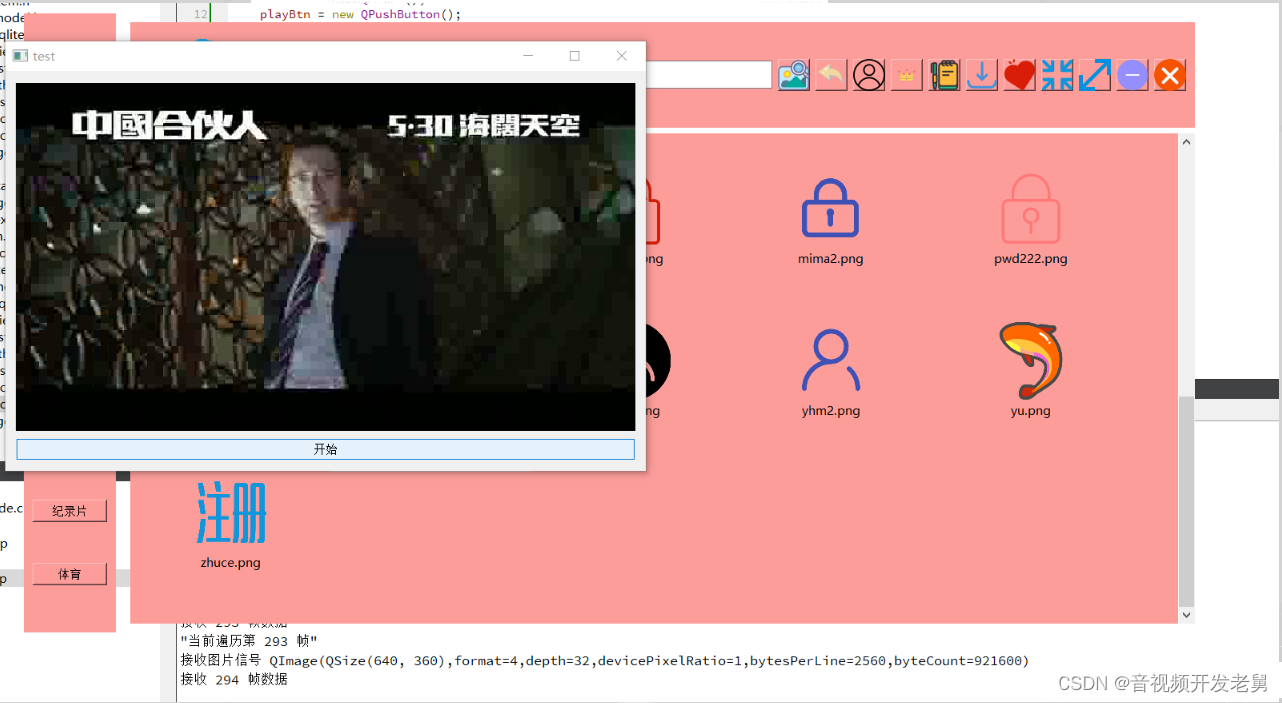
It defines a way to start media resources on a server and typically uses port 554 to listen for incoming requests. Name each JPG with the current date/time. (all solutions require a server component) And if camera already provides video stream in a well-known format such as H264, we only need to re-encapsulate it, we don't need to decode/encode it, so operation is lightweight. Rtsp stream grey Video is filled with grey blocks for several seconds when RTSP stream being connected.

The default RTSP port is 554 1 Embed a live RTSP stream in a webpage A second two pass encode was used to create a 480p output from 2:8080/out 2:8080/out. RTSP port: 554 (this is the port used for live streaming.

ffmpeg -y -loglevel debug -rtsp_transport udp -stimeout 10000000 -i rtsp. FFMPEG stops recording rtsp stream after a random while. For RTSP source, set the camera_type = 2, and set the source as well.


 0 kommentar(er)
0 kommentar(er)
